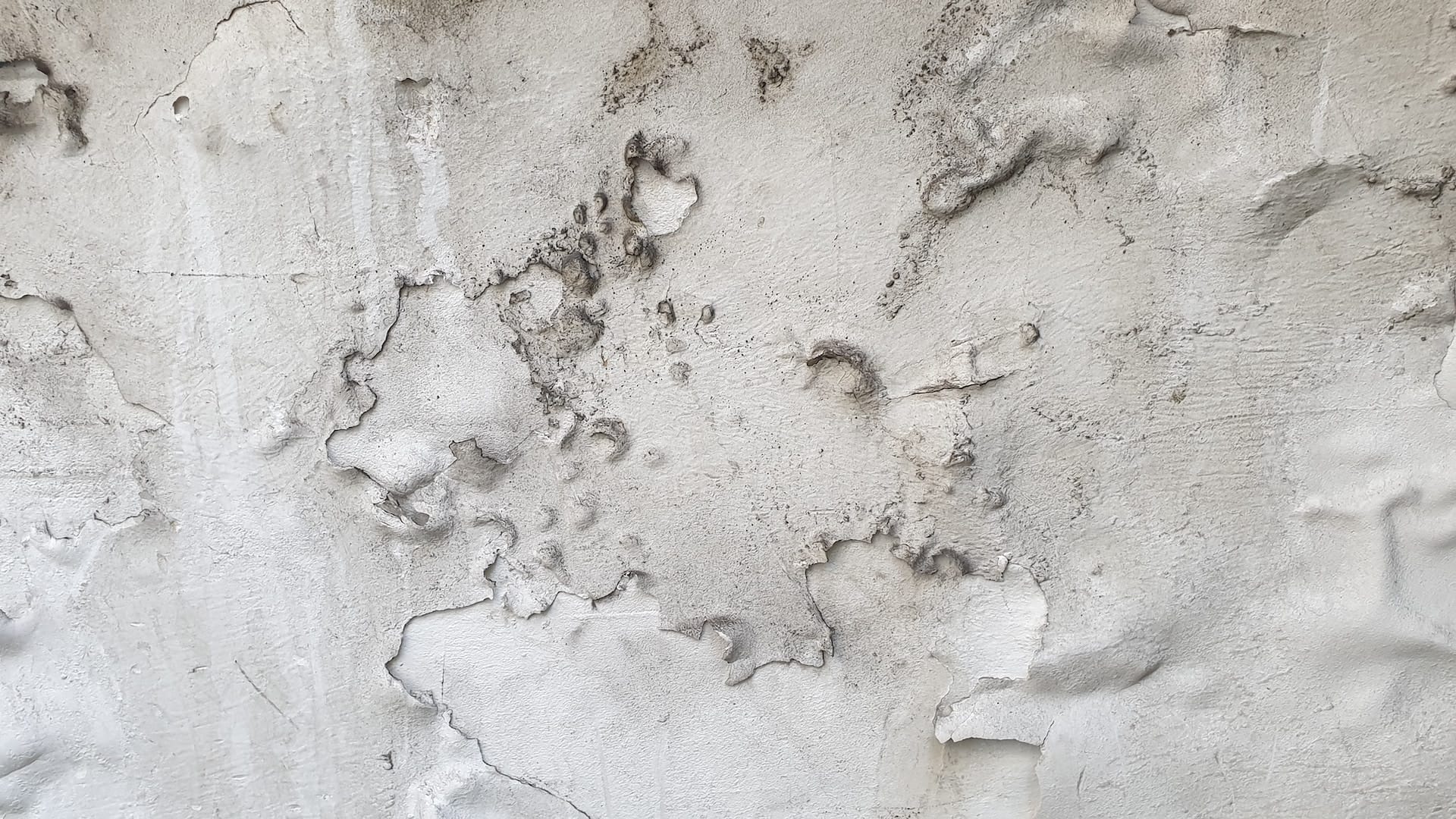Mushrooms growing due to UK housing disrepair is a peculiar phenomenon that has left homeowners puzzled and concerned. While mushrooms are a delightful addition to salads or sautés, discovering them sprouting from your ceiling or walls is an entirely different story. In this article, we will delve into the surprising reasons behind this fungal invasion and explore the impact of neglecting housing maintenance. But fear not, we’ll also discuss effective methods to tackle this issue and keep your home fungus-free! The best way of doing this is starting a housing disrepair claim.
Unraveling the Root Cause: The Perfect Storm of Moisture and Decay
An Overlooked Culprit: Water Leaks
Mushrooms, like any other living organism, require specific conditions to flourish. One of the most critical elements for their growth is moisture. In many cases, hidden water leaks within the walls or ceiling can be the root cause of mushroom infestations. The water seeps into the building’s structure, creating a damp environment conducive to fungal growth. Unfortunately, such leaks often go unnoticed until the damage becomes evident, and mushrooms start to make their surprising appearance.
Poor Ventilation
Another contributing factor to mushroom growth is poor ventilation. Inadequate airflow hinders the proper drying of damp areas, promoting fungal proliferation. Homes with improper ventilation, especially in bathrooms, kitchens, and basements, are more susceptible to this fungal invasion. The lack of fresh air circulation creates a stagnant environment, inviting mushrooms to set up their colonies.
The Silent Intruders: Identifying the Culprit
Harmless or Harmful?
Not all mushrooms growing in homes are necessarily harmful, but it’s challenging to determine their exact species without expert identification. While some mushrooms are harmless and play a role in natural decomposition processes, others can be toxic and pose health risks. The distinction between benign and harmful species is crucial for your safety and well-being.
Physical Indicators
Identifying mushrooms in your home may not be as difficult as it seems. Typically, they exhibit certain physical characteristics that set them apart from ordinary household molds. Mushrooms have a unique structure, consisting of a cap and a stem, and they release spores to reproduce. If you spot these features in unexpected places like your ceiling or walls, it’s time to take action.
The Danger Zone: Potential Hazards of Neglecting the Issue
Structural Damage
Allowing mushrooms to grow unchecked can lead to severe structural damage over time. The fungal mycelium, hidden behind the walls, consumes the organic material of the building, weakening its integrity. This slow but relentless decay can compromise the stability of the structure, endangering everyone residing within.
Health Implications
As mentioned earlier, some types of indoor mushrooms can be toxic, posing health risks to the home’s occupants. Inhalation of spores or direct contact with certain mushroom species may cause respiratory issues, skin irritation, or more severe reactions. The vulnerable, such as children, the elderly, and those with respiratory conditions, are particularly at risk.
Prevention and Remediation: Taking Back Control
Addressing the Source: Fixing Housing Disrepair
To combat mushroom growth, addressing the root causes is vital. Regular inspections and timely repairs of water leaks, faulty plumbing, and inadequate ventilation can prevent moisture buildup. Taking a proactive approach to housing maintenance will not only thwart mushrooms but also safeguard your home from other potential issues.
Proper Ventilation
Improving ventilation is another crucial step in preventing fungal invasions. Installing exhaust fans in high-humidity areas, like bathrooms and kitchens, facilitates better airflow and reduces moisture accumulation. Additionally, ensuring that air vents are unblocked and functioning correctly can significantly reduce the chances of fungal growth.
Humidity Control
Maintaining indoor humidity levels below 50% can inhibit the growth of mold and fungi, including mushrooms. Utilizing dehumidifiers and air conditioners during humid seasons can help control the moisture content within your home.
Professional Remediation
If your home already suffers from a significant mushroom infestation, it’s best to seek professional help. Experienced remediation specialists can safely identify the species and address the issue with appropriate measures, ensuring the safety of your household.
Making a Housing Disrepair Claim: Understanding Your Rights
Discovering mushrooms growing in your home due to housing disrepair can be not only frustrating but also financially burdensome. If your efforts to resolve the issue with your landlord or property management have been in vain, you have the right to make a housing disrepair claim. Taking legal action can help hold the negligent parties accountable for the damage caused and seek compensation for the necessary repairs.
Documenting the Evidence
Before proceeding with a housing disrepair claim, it is crucial to gather evidence of the mushroom infestation and its underlying causes. Take photographs of the mushrooms, the affected areas, and any visible signs of water leaks or poor ventilation. Documenting the conditions and the timeline of your communication with the landlord or property management will strengthen your case.
Notifying the Landlord
Inform your landlord in writing about the mushroom growth and other disrepair issues you have discovered in your home. Provide a reasonable timeframe for them to respond and take appropriate action. This written notice is essential as it serves as proof of your attempt to resolve the matter amicably.
Seeking Legal Guidance
If your landlord fails to address the housing disrepair adequately, consider seeking legal guidance. Consult National Claims, where we specialise in disrepair claims. We can guide you through the claims process, and assess the validity of your claim.

Conclusion: A Call for Responsiveness and Diligence
Discovering mushrooms growing in your home due to UK housing disrepair is undoubtedly a disheartening experience. However, it serves as a stark reminder of the importance of home maintenance and responsive property management. By promptly addressing water leaks, ventilation issues, and other potential causes of fungal growth, homeowners and landlords can avoid the hassle and expenses associated with housing disrepair claims.
Taking a proactive approach to housing maintenance not only protects the structural integrity of the property but also safeguards the well-being of those who call it home. Remember, mushrooms are charming in a woodland, but they certainly do not belong on your ceiling. Let us all strive for a fungus-free, healthy living space and a brighter, more vibrant future for our homes and communities. Together, we can ensure that the phenomenon of mushrooms growing due to UK housing disrepair becomes nothing more than a curious tale from the past.
Contact us for further information regarding housing disrepair and start your claim with us today.
Click below to see why we are one of the most trusted claims management companies in the UK.

We’re proud of our excellent customer reviews
We thrive on delivering exceptional service and ensuring our clients’ satisfaction. Don’t just take our word for it. Check out some of our independent reviews to see what our clients have to say.
Excellent

This firm is excellent, they sorted out my car pay out and injury claim very fast, they always communicate with you all the time.

My accident case was dealt with confidence and with great result of the outcome, especially James kept me informed all the time.

I was very impressed at the way my inquiry was treated. I was listened to attentively and everything I needed to know was explained to me.






